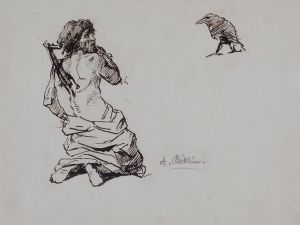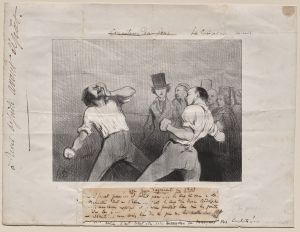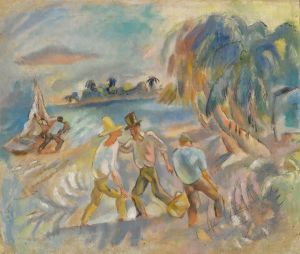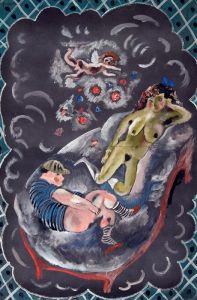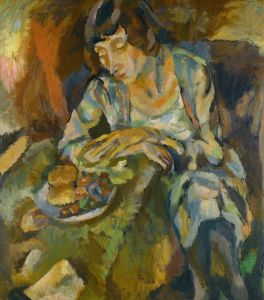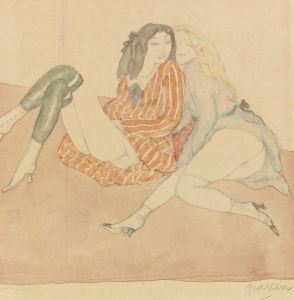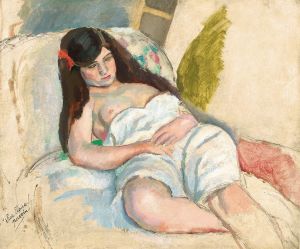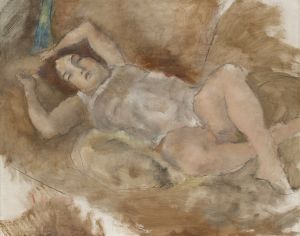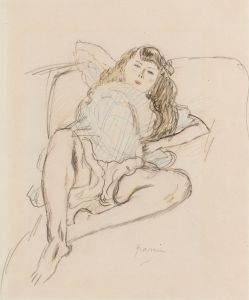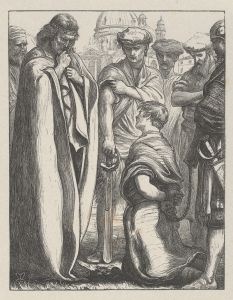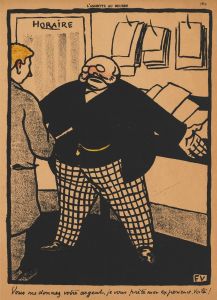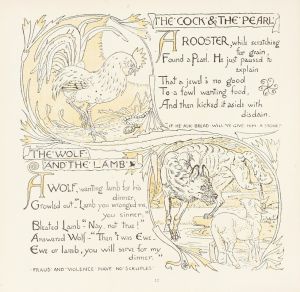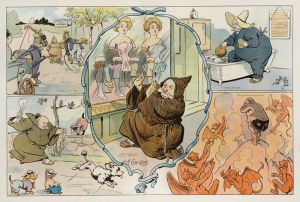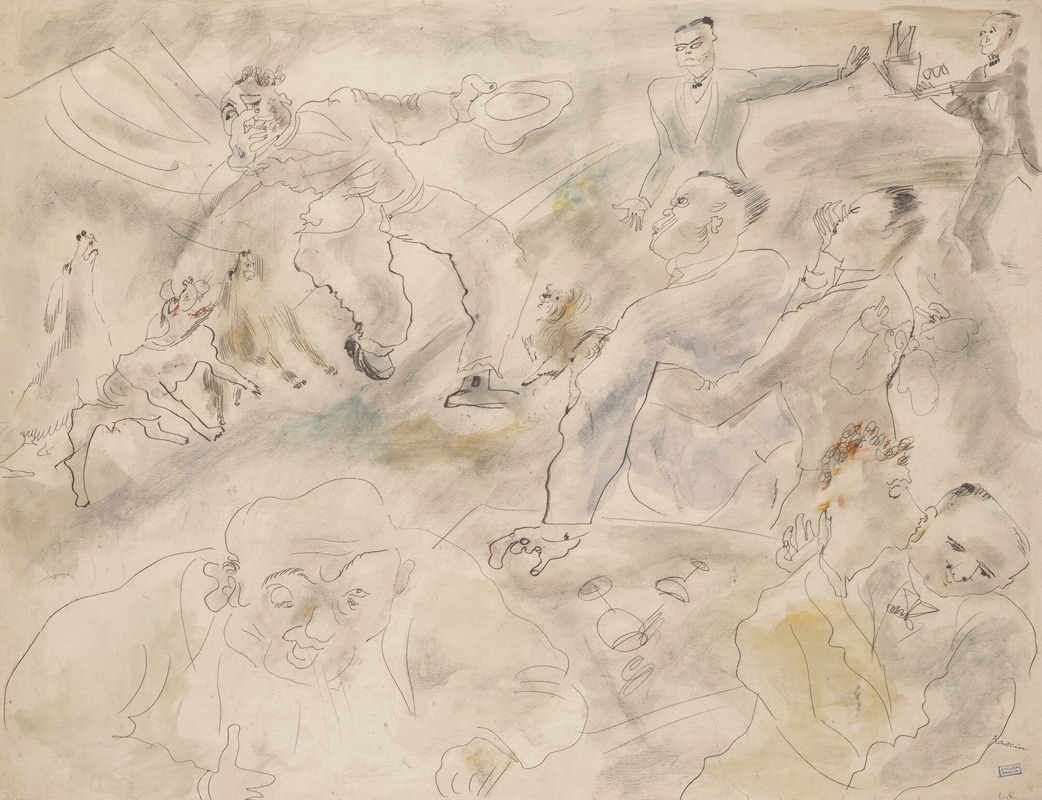
Lazare et le mauvais riche
A hand-painted replica of Jules Pascin’s masterpiece Lazare et le mauvais riche, meticulously crafted by professional artists to capture the true essence of the original. Each piece is created with museum-quality canvas and rare mineral pigments, carefully painted by experienced artists with delicate brushstrokes and rich, layered colors to perfectly recreate the texture of the original artwork. Unlike machine-printed reproductions, this hand-painted version brings the painting to life, infused with the artist’s emotions and skill in every stroke. Whether for personal collection or home decoration, it instantly elevates the artistic atmosphere of any space.
Jules Pascin, a Bulgarian-born artist known for his association with the École de Paris, created the painting Lazare et le mauvais riche (Lazarus and the Rich Man). This work reflects Pascin's interest in biblical themes and his ability to reinterpret them through his unique artistic lens. The painting is based on the parable of the rich man and Lazarus, a story from the Gospel of Luke in the New Testament. The parable contrasts the lives and fates of a wealthy man who lives in luxury and a poor beggar named Lazarus who suffers in poverty, ultimately addressing themes of morality, justice, and the afterlife.
Pascin, often referred to as the "Prince of Montparnasse," was known for his expressive and emotive style, which combined elements of Post-Impressionism and Expressionism. His works frequently explored themes of human suffering, social inequality, and the complexities of human relationships. Lazare et le mauvais riche is consistent with these themes, as it captures the stark contrast between wealth and poverty, a central focus of the biblical narrative.
The painting is characterized by Pascin's loose brushwork and muted color palette, which contribute to its emotional depth and somber tone. While specific details about the composition of Lazare et le mauvais riche are not widely documented, Pascin's works often featured figures rendered with a sense of vulnerability and introspection. His approach to biblical subjects was not strictly religious but rather humanistic, emphasizing the universal aspects of the stories he depicted.
Jules Pascin's career was marked by his travels across Europe and the United States, as well as his deep engagement with the bohemian art scene of early 20th-century Paris. Despite his success, Pascin struggled with depression and personal turmoil, which ultimately led to his tragic death in 1930. His body of work, including Lazare et le mauvais riche, continues to be celebrated for its emotional resonance and its ability to capture the complexities of the human condition.
Due to limited documentation on this specific painting, further details about its creation, provenance, and current location remain unclear. However, it stands as an example of Pascin's ability to blend narrative content with his distinctive artistic style, offering a poignant interpretation of a timeless moral tale.





